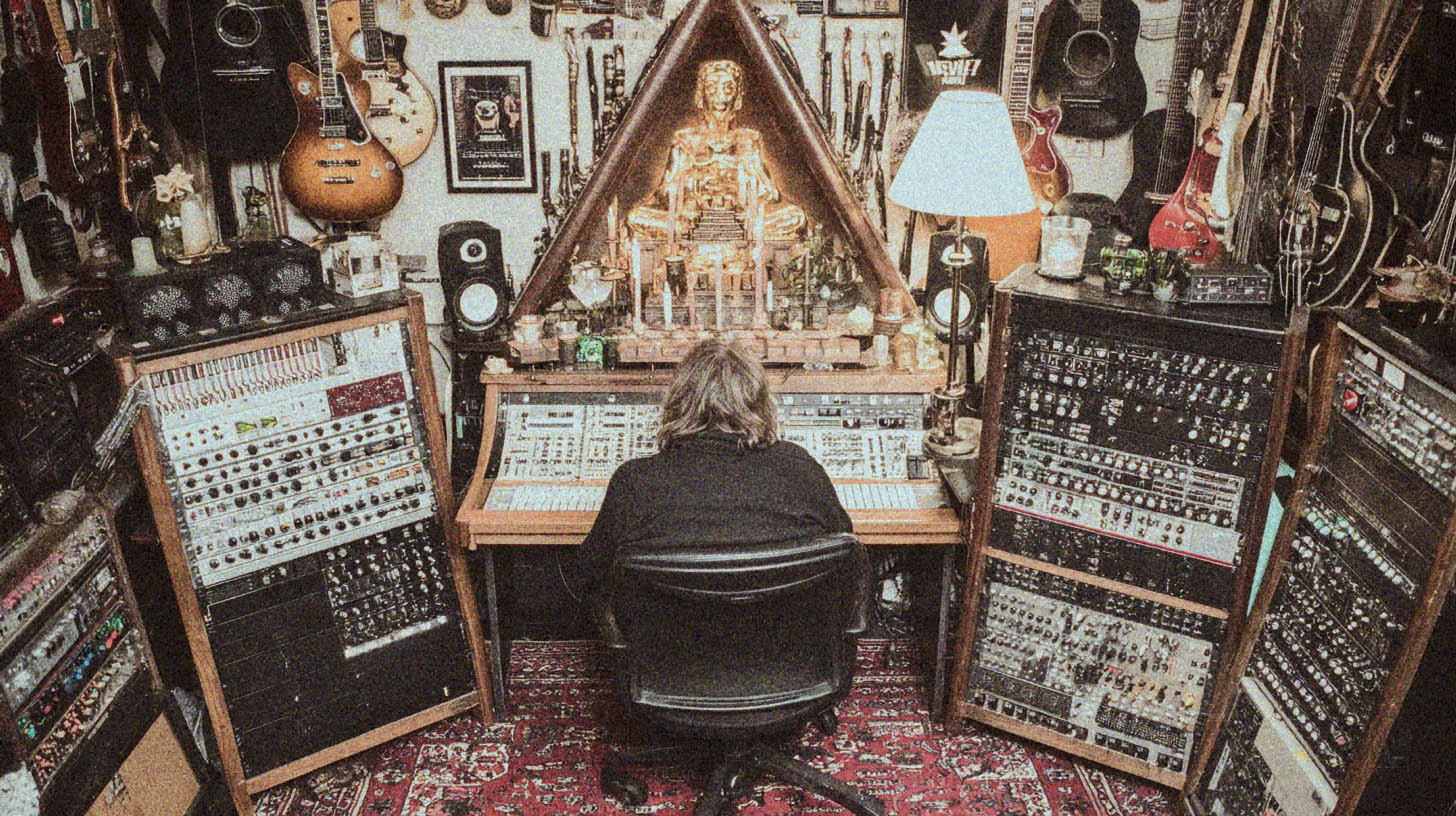
Sculpting Bring Me The Horizon’s Filthy Guitar Tone w/ Fredrik Nordström
Nail The Mix Staff
Let’s be real, those Bring Me The Horizon guitar tones are massive. They cut, they punch, they have this aggressive bite that just works in a heavy mix. Ever wonder how they get that sound? While a lot goes into it (killer players like Lee Malia, killer amps like the EVH/5150s Fredrik Nordström mentioned), the way those guitars are mic’d and EQ’d plays a huge role. We got some killer insights straight from Fredrik Nordström talking about their BMTH guitar tone secrets. Forget overly complicated setups; sometimes it’s about nailing the fundamentals with a few smart tricks. Let’s break down two key areas he touched on: micing and EQ.
The Foundation: Kicking Things Off with the Fredman Technique
If you’ve spent any time researching metal guitar micing, you’ve probably stumbled across the Fredman technique. And yep, Fredrick confirmed they used this classic setup for recording those BMTH rhythm guitars.
What is it? In its most common form, you take two Shure SM57s – the undisputed workhorse mics for loud guitar amps. You point one directly at the speaker cone, where you find a sweet spot. Then, you take the second SM57 and angle it, often around 45 degrees, right next to the first one, pointing at the same spot.
Here’s a clip from Nail The Mix that does into more detail:
Carving the Tone: EQ Hacks Beyond the Basic Scoop
Okay, so you’ve got your mics set up. But as Fredrik pointed out, that’s just part one. EQ is where you really shape that raw sound into something polished and powerful.
We all know about the classic metal mid-scoop – dipping those frequencies somewhere between, say, 300Hz and 1kHz to make room for vocals and snare, while emphasizing the low-end chug and high-end attack. That’s standard practice.
Fighting The Fizz
But Fredrik highlighted another crucial EQ move: cutting guitar fizz. You know that nasty, harsh, almost static-like high-frequency stuff that can make distorted guitars sound cheap or grating? Yeah, that stuff. He mentioned getting surgical with EQ to tame it. This isn’t about broad treble cuts; it’s about finding those specific annoying frequencies (often way up high, like 5kHz-10kHz or even higher) with a narrow Q (bandwidth) on your EQ and pulling them down. It cleans up the tone dramatically without losing the aggression.
Interestingly, Fredrik also mentioned that he often finds himself landing on similar EQ curves once he finds what works for a specific setup. It’s a good reminder: learn why certain EQ moves work, find your effective curves through experimenting, and don’t be afraid to apply them consistently when appropriate.
The Secret Sauce? A Touch of Guitar Bus Processing
Here’s a cool little extra insight: Fredrik mentioned they slapped a LoFi plugin on the main guitar bus (where all four rhythm tracks were sent).
Now, adding more distortion or degradation might seem counterintuitive, but sometimes these subtle touches of guitar bus processing add that extra bit of character, vibe, or “glue.” He described the LoFi effect as sounding “sick.” It might be adding subtle harmonic distortion, filtering, or just a general vibe that helps the quad-tracked guitars feel more like a single, cohesive unit. It’s a great example of how sometimes small, seemingly weird processing moves can make a noticeable difference in the final texture.
Bringing It All Together (And Learning More!)
So, getting that Bring Me The Horizon guitar bite involves:
- Starting with a solid metal guitar micing technique like the Fredman setup.
- Applying smart metal guitar EQ – not just scooping mids but also cutting guitar fizz surgically.
- Considering subtle guitar bus processing (like that LoFi trick) to add character and cohesion.
These techniques are awesome starting points you can try in your own productions right now.
Bring Me The Horizon on Nail The Mix
Fredrik Nordstrom mixes "Chelsea Smile" Get the SessionBut… mics and EQ are fundamental, right? Imagine watching guys like Fredrik actually dial this stuff in, blend mics, automate EQ, glue it all together on the bus, and make it sit perfectly with pounding drums and a killer bassline… Nail The Mix lets you be a fly on the wall for all of it. Every month, you get access to real multitracks from massive metal songs and watch the actual producers mix them from scratch, explaining every decision. See how the pros really build those killer tones from the ground up.







